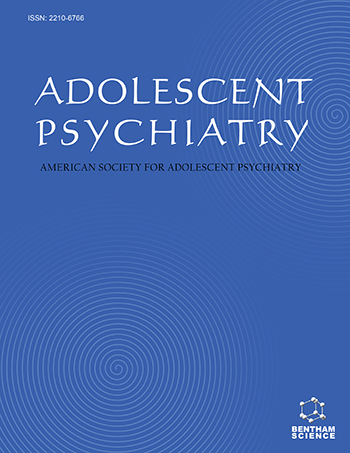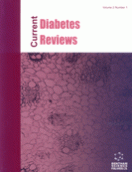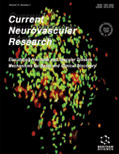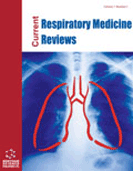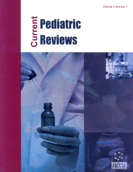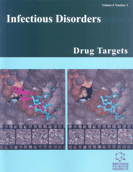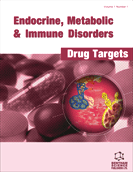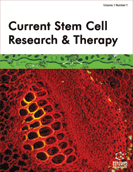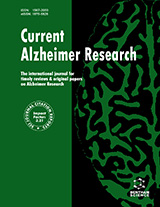Abstract
Objective: Mental health care providers are in a unique position to detect, prevent, and offer brief interventions for adolescents with substance use problems. While substance use and mental health disorders commonly co-occur, few pediatric mental health professionals possess the necessary training to identify and treat substance use issues. The goal of this paper is to provide guidance for mental health professionals working with adolescents on how to detect, intervene, and refer adolescents for substance use treatment.
Method: A series of clinical case examples and vignettes provide scenarios for helping educate providers in screening for substance use, preventing/delaying substance use initiation, delivering brief early interventions, and motivating adolescents for specialized substance use treatment when necessary.
Conclusions: The importance of discussing substance use with each adolescent, being attuned to common warning signs of substance use, taking caution in prescribing medications with abuse potential, importance of family involvement, and use of motivational interviewing techniques are discussed.
Keywords: adolescents, guidelines, health care providers, prevention, screening, substance use, treatment.


